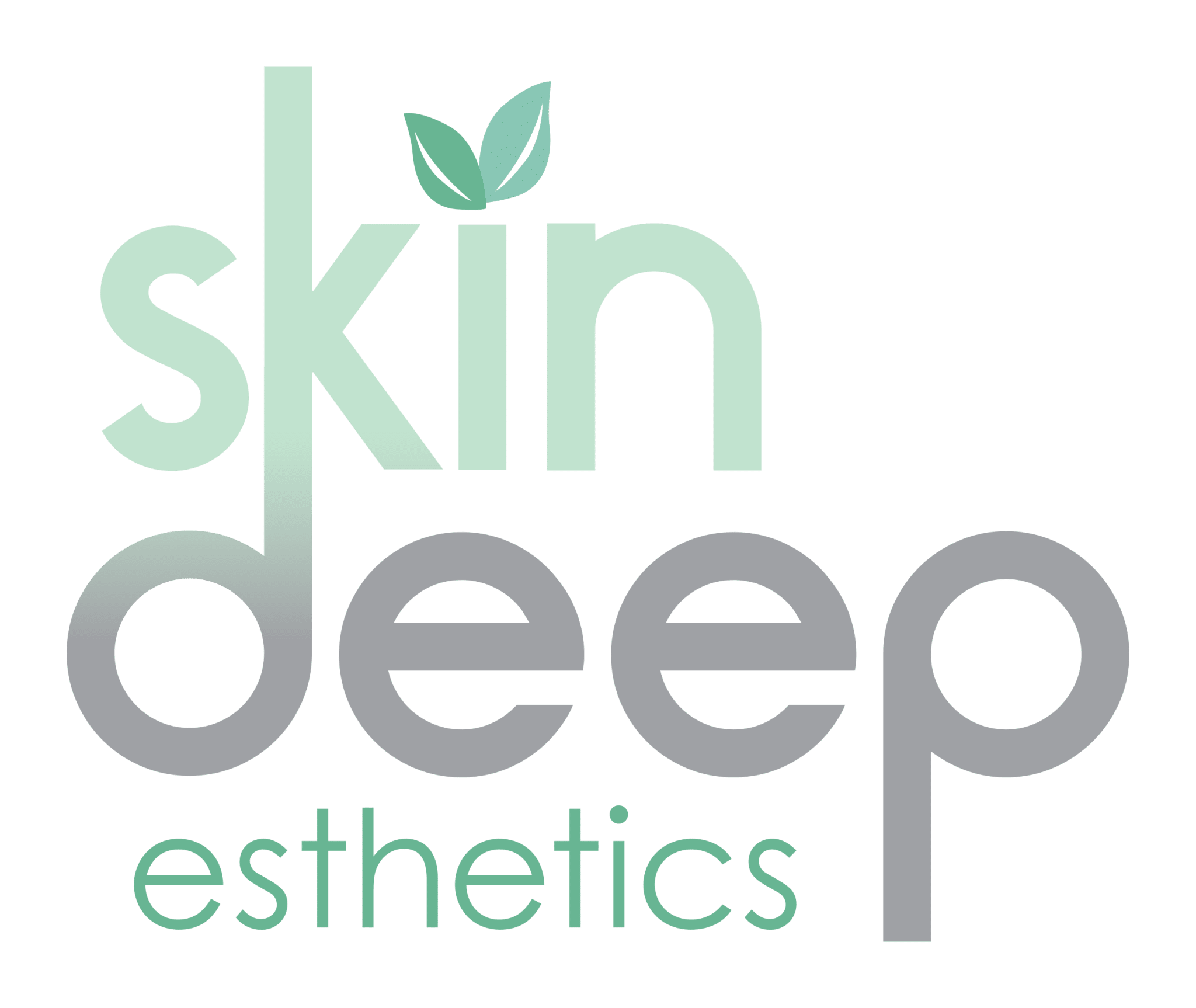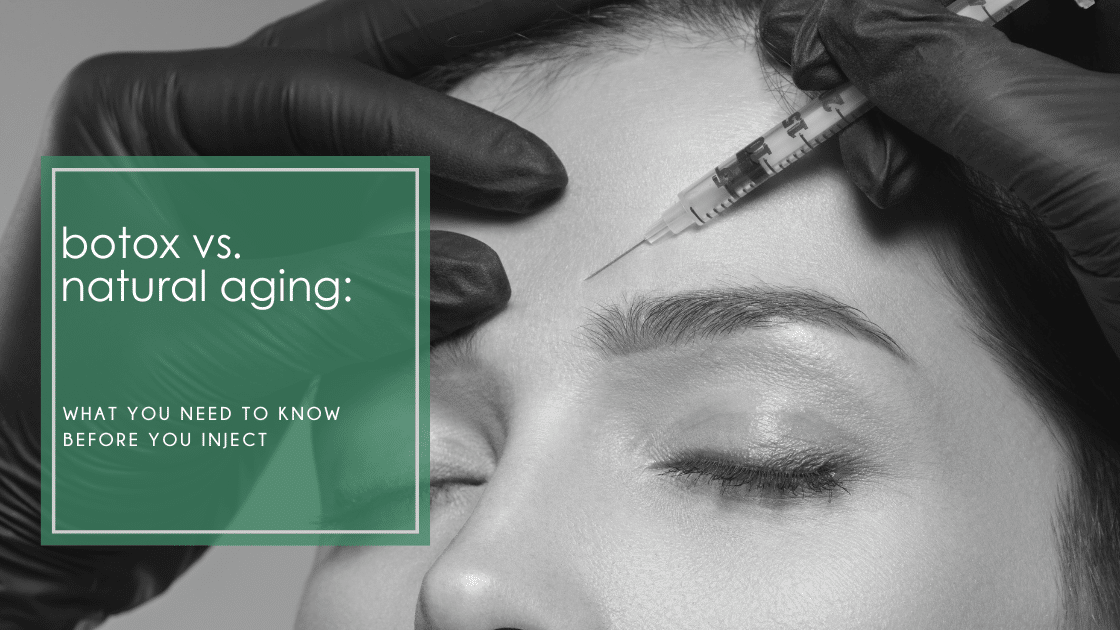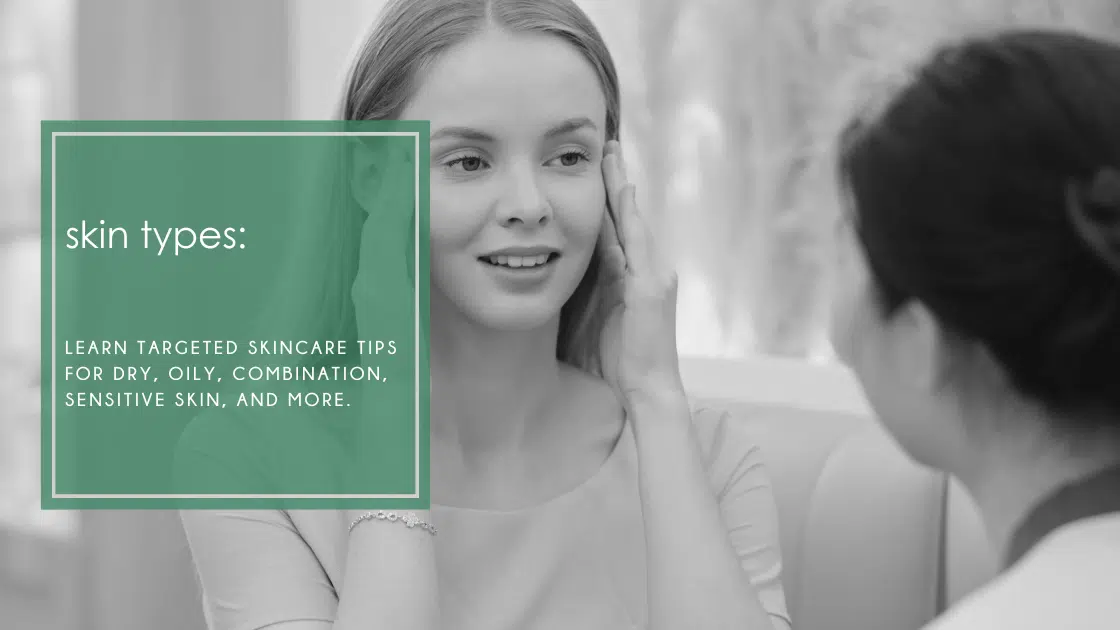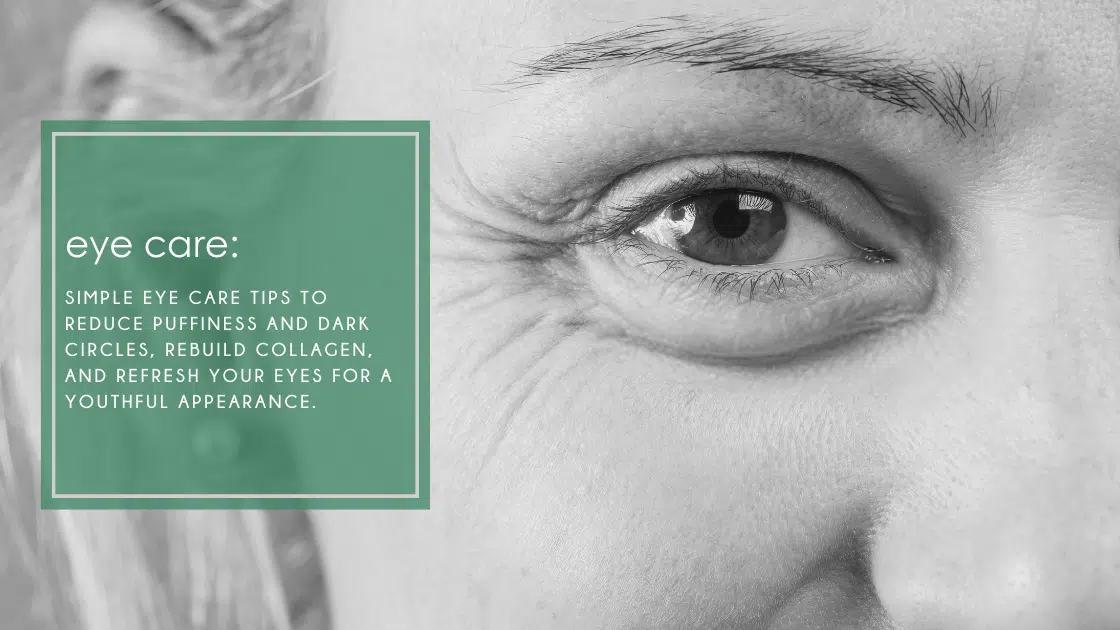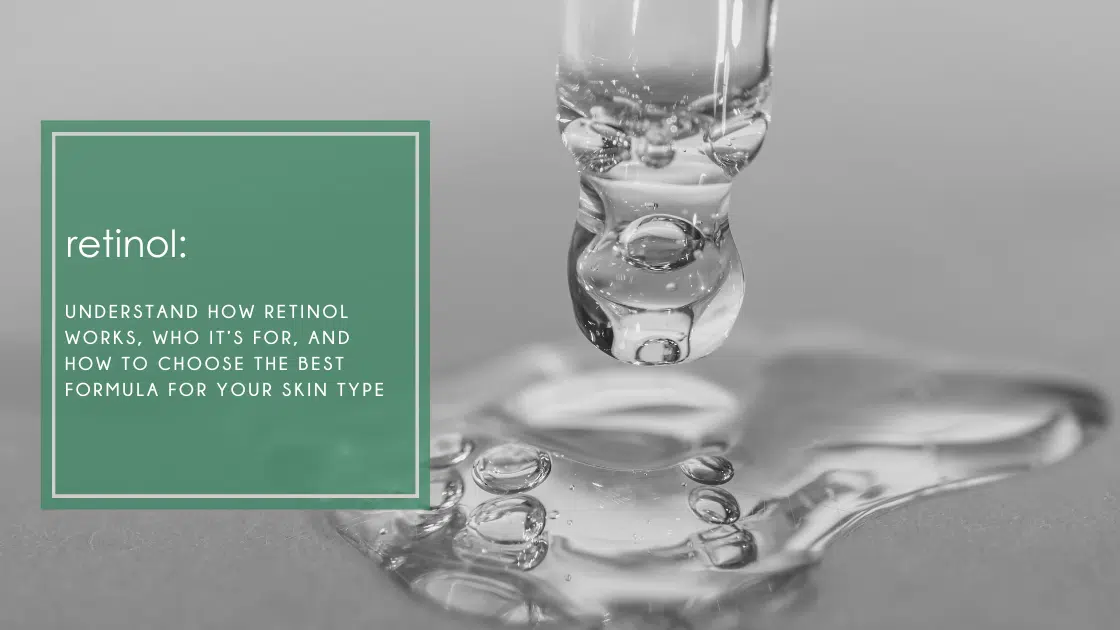Botox vs. Natural Aging: What’s The Real Cost of Smooth Skin?
The Truth About Botox: What You Need to Know Before You Inject
Botox is the most common cosmetic procedure done in the world – and for good reason. A neurotoxin derived from the Clostridium botulinum bacterium is also used to treat pain, TMJ, migraines, and several muscle-related medical conditions. While Botox seems like a miracle fix, there’s more to the story. In this blog, we’ll cover why this treatment is so popular, what it really does to your face, and why it may not be the best option for aging gracefully. We also reveal side effects most don’t know about and alternative treatments that maintain skin health. Let’s dig in!
Origin
Developed in the 1970s by Dr. Allan Scott for the medical treatment of strabismus, or crossed eyes, helping patients avoid risky surgery. During testing, researchers noticed the improvement of the glabellar lines (frown lines). Eventually, Allergan purchased the rights. In 1992, Botox was launched as a cosmetic procedure – and the rest is history.
What is Botox?
Botox comes from Clostridium botulinum, a bacterium that produces the most deadliest toxins known to man. According to Wiley Online Library, “Botulinum Neurotoxins (BoNTs) are the most toxic poisons known to humans, with a lethal dose of approximately 1 ng per kg of body weight. There are seven serologically distinct BoNTs (A-G); serotype A is the most potent serotype, possessing a toxicity higher than cobra toxin and higher than cyanide.”
How Does It Work In Your Body?
Botox binds to nerve endings and blocks their ability to produce acetylcholine, a chemical messenger that tells your muscles to contract. As the BBC explains, “They enter neurons and bind to the vesicles that carry the neurotransmitter acetylcholine (Ach), preventing its release.” This causes muscle paralysis in the injected area.
Who Is Botox For?
Botox is used both cosmetically and medically. While most people start using it in their 30s and 40s to treat visible wrinkles, “preventative Botox” is becoming increasingly popular among people in their 20s.
Preventative Botox
Preventative Botox is intended to “stop wrinkles before they begin”. The concept is simple: since wrinkles form from the frequent movement of the muscles, why not weaken the muscles before they begin to crease the skin? Here’s the catch: other factors like lifestyle, sun damage, processed foods, and poor skincare habits play a major role in aging, and Botox won’t fix those! While it may seem like a shortcut to youthful skin, it’s not a cure-all.
What Botox Actually Does to Your Face
By blocking nerve signals, Botox temporarily “freezes” muscle movement, thus smoothing out wrinkles. While this can help with wrinkles, medically it’s used for drooping eyes, migraines, TMJ, excessive sweating, and muscle pain.
What Are the Side Effects?
Like any medical procedure, Botox comes with side effects. Some are more serious than others. Common issues include headaches, bruising, and swelling at the injection site. Beyond these common complaints, many users report less-discussing, but extremely concerning effects, including:
🔹Eye Problems: Many have complained of Ptosis, which is drooping of the eyelids, potentially covering part or all of the eye. This can affect one or both eyes and can impair your vision. Eyestrain is another side effect, along with crooked eyebrows, dry or watery eyes, and blurred vision.
🔹Heart Palpitations: Though rare, Botox has the potential to affect the autonomic nervous system, leading to irregular heartbeat or palpitations.
🔹Difficulty Swallowing or Breathing: Botox may weaken the muscles in the mouth, throat, or neck, making it difficult to swallow or breathe. This is more likely to occur in someone who struggles with pre-existing respiratory issues.
🔹Neurotoxin Spreading: Botox is supposed to stay localized, but it can spread past the injection site. This increases the risk of systemic health risks, such as botulism. The FDA only approves Botox use for the face; if injected elsewhere raises the risk.
🔹Nerve Blocker: Botox is a nerve blocker and disrupts the nerves by releasing acetylcholine. This action is how it smoothes facial muscles.
Why Botox May Stop Working
Over time, some people notice that the time between injections may decrease. A foreign protein in our body may stimulate an immune response by producing antibodies to fight it, also known as Immunology. As stated in Science Direct, “Since BT is a foreign protein, it may stimulate the human immune system with the formation of specific anti-BT antibodies.” This could mean Botox could stop working entirely, or require frequent or higher doses.
What Are the Long-Term Effects?
Despite its widespread use, little has been done about studying the long-term effects. According to PubMed, “The development of muscle atrophy following chronic exposure to BoNTs has not received sufficient attention. Muscle atrophy is not only cosmetically distressing, but also has an impact on future injections.”The BBC adds, “Very little is known about the long-term health effects of taking Botox, as most clinical trials only follow up on patients for six months or so. However, some studies have found that long-lasting cosmetic use of botulinum toxin can trigger permanent changes in facial expression, with persons no longer able to flex their facial muscles.”
If It’s High-Risk, Research It First! Just because something is fast and popular doesn’t mean it’s good for you. If you’re considering Botox, do your research. Ask questions and be honest. Ask yourself: “Are you doing it because it’s truly necessary or because it’s trendy?”
Alternatives That Work
Now for the fun part. What can you do instead of Botox? As an esthetician of over 20 years (and zero Botox), I’ve tried and tested natural, effective ways to keep your skin young-looking and healthy without injections.
🔹Microcurrent: Think of microcurrent like a gym workout for your face. Microcurrent uses a low-level current to stimulate facial muscles, increase circulation, and lift sagging skin. It’s typically done in a weekly series, and results improve over time.
🔹Gua Sha: This ancient Chinese technique uses a flat, polished stone to massage the face, increase circulation, improve lymphatic drainage, and tone facial muscles. Do this at least 3x a week, and you will notice significant improvements in the skin tone and firmness.
Want More Anti-Aging Solutions?
If you’re curious about microcurrent, gua sha, or natural alternatives, please visit our website for more information or to book your next treatment. We are here to help you make the most informed – and healthiest – choices for your skin.
